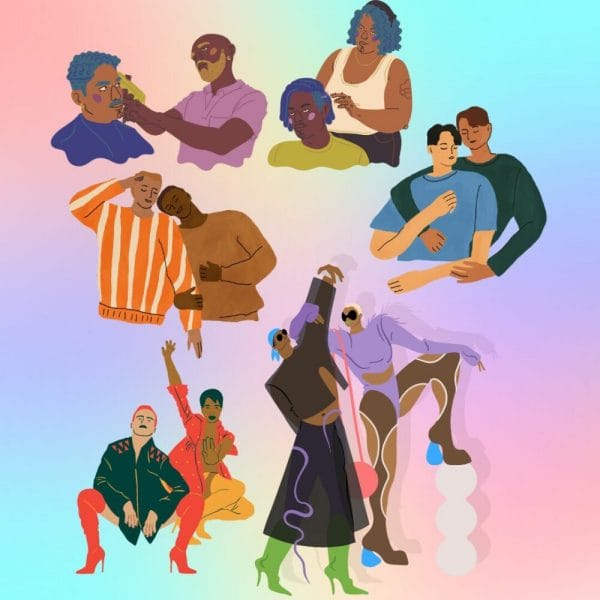To better understand teens’ perspectives on patterns of use, excitement, and concerns about generative artificial intelligence (AI), we asked over 1,500 teens what adults should know about their use of AI. Consistent with quantitative data in a 2024 national survey conducted with Common Sense Media and the Center for Digital Thriving at Harvard University, the responses were wide-ranging. Some top themes that emerged were how generative AI changes the way young people access information to assist with school, work, and their broader ecosystem, its impact on creativity, and opportunities for human advancement. Here’s what teens say adults should know.
Teens may regularly use generative AI in their school work and learning, including – but not only – for cheating
Some teens say adults should know that cheating with generative AI is widespread and routine. Among those who say they have ever used AI, 53% say they are currently using it to get information, and 51% percent say they are using it for brainstorming. Forty-six percent say they use it to help with schoolwork.





